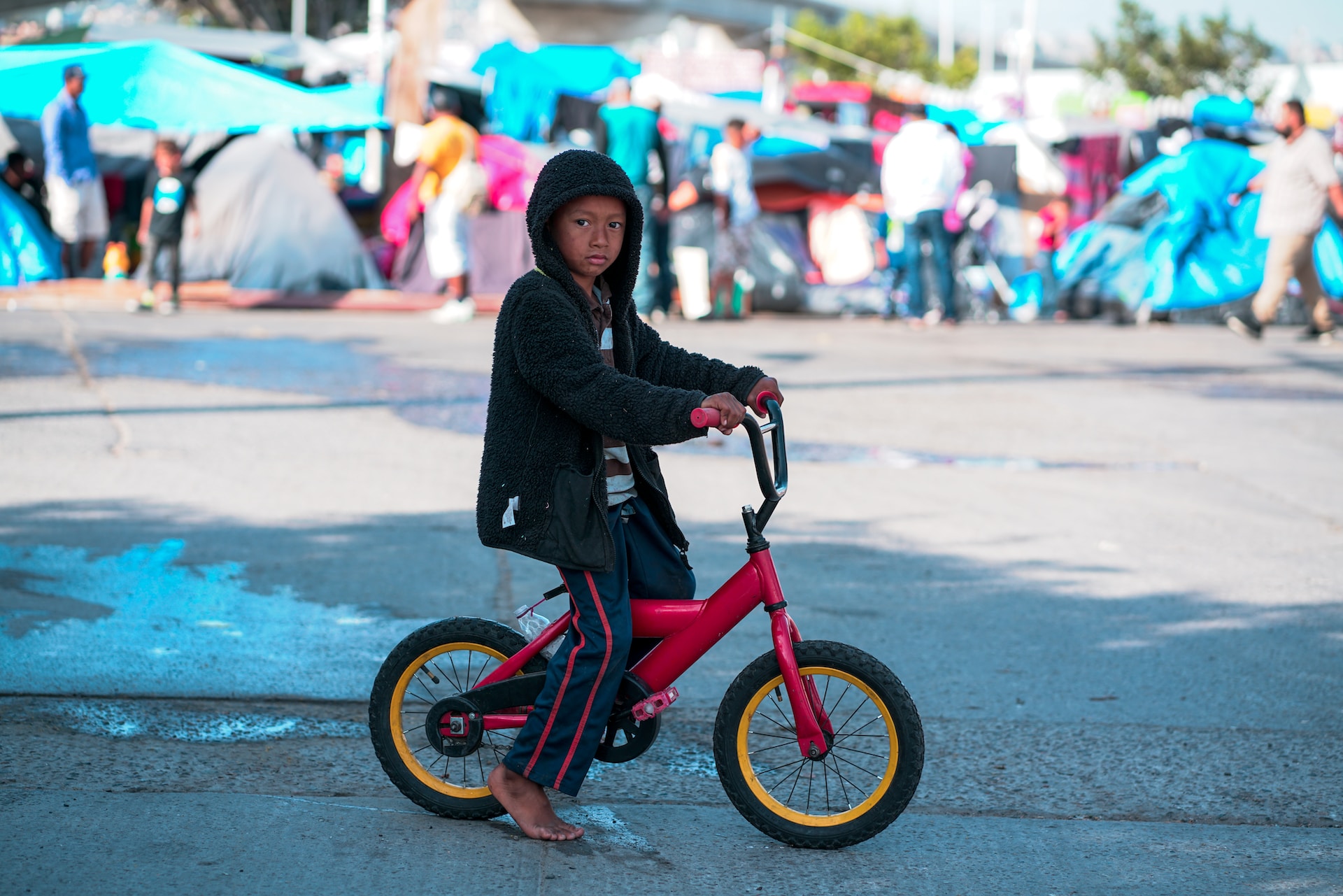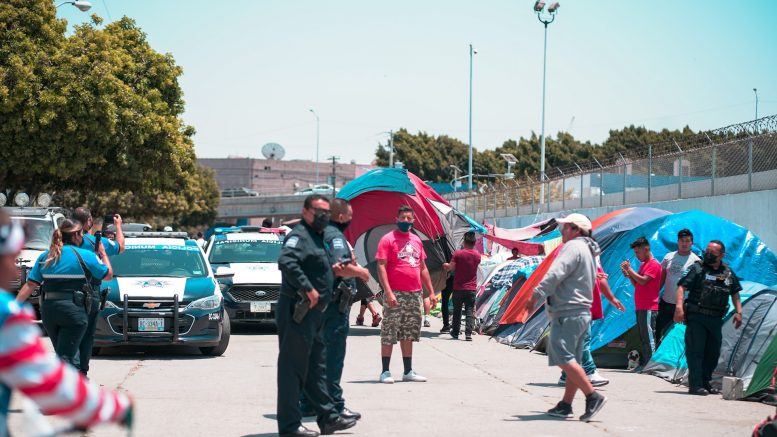In a stark reflection of the escalating migrant crisis, the U.S.-Mexico border, particularly in Arizona’s desert regions, is witnessing an overwhelming surge in illegal crossings. The situation, highlighted by hundreds of breaches in the border barriers, poses a significant challenge for the U.S. Border Patrol and has ignited a debate on immigration policies in Congress and the White House.
Frequent Breaches and Tactical Shifts
Along a 30-mile stretch west of Lukeville, Arizona, Border Patrol agents are struggling to keep up with the frequent breaches in the border wall. Despite their efforts to repair the illicit openings, new breaches continue to emerge, facilitating the entry of large groups of migrants, often from diverse countries such as Senegal, Guinea, and Mexico.
The Struggle for Control and Security
The Border Patrol tour in Arizona revealed both improvements in custody conditions and processing times and the overwhelming nature of migrant flows. With some days seeing illegal crossings topping 10,000, the agents face a daunting task. The surge has led to frustrations with the Biden administration’s immigration policies and pressures on Congress for a comprehensive asylum deal.

International Dynamics and Demographic Shifts
The crisis at the border is marked by a significant change in demographics, with a notable increase in families and non-Mexicans attempting to cross. The Tucson sector has become a focal point, with arrests from countries like Senegal, Guinea, and India. The diverse origins of the migrants underscore the global nature of the issue, driven by factors such as wealth inequality, natural disasters, and political unrest.
Processing and Detention Challenges
The influx has stretched the resources of the Border Patrol stations, with facilities like the one in Ajo, designed for 100 people, housing over 300. Most migrants are processed and then sent to Tucson or other sectors, with some being flown to the Texas border for further processing. Despite improvements, the sheer volume of arrivals is testing the limits of the U.S.’s immigration infrastructure.
Congressional Discussions and Potential Policy Shifts
In Washington, the migrant surge has catalyzed discussions on major immigration legislation. Potential changes being debated include more mandatory detention and a higher threshold for initial asylum screenings. The discussions aim to address the unprecedented challenges at the border, balancing humanitarian concerns with national security and resource constraints.
Conclusion
The situation at the U.S.-Mexico border is a vivid illustration of the complexities surrounding illegal migration. With the Border Patrol grappling with unprecedented flows and breaches, the need for a balanced and effective immigration policy has never been more acute. The decisions made by Congress and the White House in the coming months will be crucial in shaping the U.S.’s response to a challenge that is both a humanitarian concern and a matter of national security.
©unityus.org

